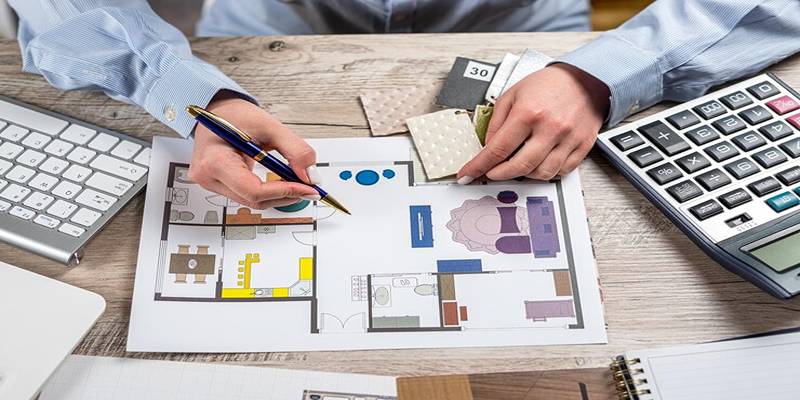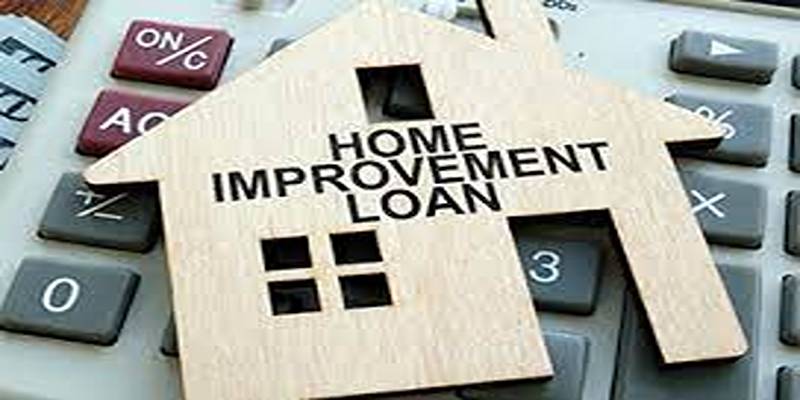Flipping a house can be a rewarding venture, but it's not as simple as buying a property, making some repairs, and then reselling it for a profit. It requires a deep understanding of the real estate market, renovation processes, and financial management. Whether you're new to the world of real estate or considering it as a potential investment opportunity, this guide will take you through each crucial step of the house-flipping process.
The House Flipping Process: A Step-by-Step Guide
Everything needs to be planned out for a flip to go well, from making a budget to selling the house. Here is a full explanation of how to flip a house:
1. Set a Realistic Budget
The first step in flipping a house is determining your budget. A successful flip requires managing costs effectively to maximize profits. Here's how to set your budget:
- Property Purchase Price: The initial cost of buying the property, including closing costs and any fees associated with the purchase.
- Renovation and Repair Costs: The costs of fixing things up and making changes. Before buying a house, it's important to do a full inspection to see what needs to be fixed.
- Carrying Costs: The costs associated with holding the property while renovations are completed. These include property taxes, insurance, utilities, and interest on any loans.
- Resale Price: An estimate of what the home will sell for once the renovations are finished.
- Contingency Funds: Unexpected costs may arise during renovations, so setting aside additional funds for emergencies is always wise.
2. Research the Real Estate Market

Before purchasing a property, house flippers must conduct comprehensive research. Understanding the real estate market is crucial for finding profitable opportunities. Key areas to research include:
- Neighborhood Analysis: Research neighborhoods where property values are rising or have the potential for growth. It ensures that the property will be in demand and can sell at a higher price.
- Market Trends: Understanding local market trends—such as average home prices, the duration of time homes remain on the market, and the interest rates—will give a better idea of what to expect financially.
- Property Comparisons: Study recently sold properties in the area that are similar in size and condition to gauge what a renovated home can sell for. It will help determine the maximum purchase price and the expected profit margin.
3. Find the Right Property
Once you’ve done your research, start looking for properties that fit within your budget and have potential for profit. Some popular sources for finding potential properties include:
- Good Structural Integrity: A property with major structural issues (e.g., foundation problems and roof damage) might not be worth the investment unless the cost to fix it fits within the budget.
- Cosmetic Fixes: Homes that require mostly cosmetic changes, such as updated kitchens or bathrooms, new flooring, and fresh paint, are often the best candidates for a flip.
- Location: Location plays a significant role in determining the selling price. Even if the house is in good condition, it may not sell for much if it is in a poor location.
4. Make an Offer
Once you've found a property you like, it’s time to make an offer. When bidding on a house, be sure to:
- Competitive Market: If the property is in a hot market, the investor may need to act quickly, potentially bidding higher than initially planned.
- Room for Negotiation: Investors can often negotiate the purchase price down by pointing out flaws or areas of the house that need repair.
- Contingency Clauses: Including clauses that allow for renegotiation if unexpected issues arise during the inspection can help protect the investment.
5. Secure Financing
Flipping a house requires capital, and many first-time flippers seek financing to cover the purchase and renovation costs. Financing options include:
- Traditional Mortgages: If the investor has good credit and a solid financial history, a traditional mortgage might be an option.
- Hard Money Loans: These short-term loans are commonly used by real estate investors. While they come with higher interest rates, they are typically easier to obtain for house flips.
- Private Lenders: Some investors turn to private lenders who provide funds in exchange for an interest rate or a share of the profits from the flip.
6. Renovate the Property

Renovation is the core of house flipping. Depending on the scope of the renovations, it can take anywhere from a few weeks to several months to complete. The renovation process typically includes:
- Cosmetic Upgrades: Upgrading kitchens, bathrooms, and other common areas to make the house more appealing to buyers.
- Repairs: Fixing any structural issues, such as plumbing, electrical, or roofing problems.
- Landscaping: Curb appeal plays a significant role in the first impression buyers get when viewing the property.
Hiring a reputable contractor is crucial for the renovation process. Ensure that the contractor understands the timeline and stays within the agreed-upon budget.
7. List and Sell the Property
After renovations are complete, the next step is to list the property for sale. Pricing is one of the most important factors in the selling process. Overpricing a home can result in it sitting on the market for too long while underpricing it can reduce potential profits. House flippers typically hire a real estate agent to help market and sell the property. The agent will use their expertise to price the home appropriately, market it to potential buyers, and handle negotiations.
8. Close the Sale
After finding a buyer, it’s time to finalize the deal. Ensure that all legal paperwork is in order, including contracts and disclosures. A real estate attorney or agent can help guide you through this process.
Conclusion
Flipping a house is an exciting and potentially lucrative real estate investment strategy, but it requires careful planning, budgeting, and a thorough understanding of the process. For beginners, following a step-by-step approach, from researching the market to listing and selling the property, is essential for success. By ensuring that the right property is selected, financing is secured, and renovations are made wisely, house flipping can yield impressive returns.












